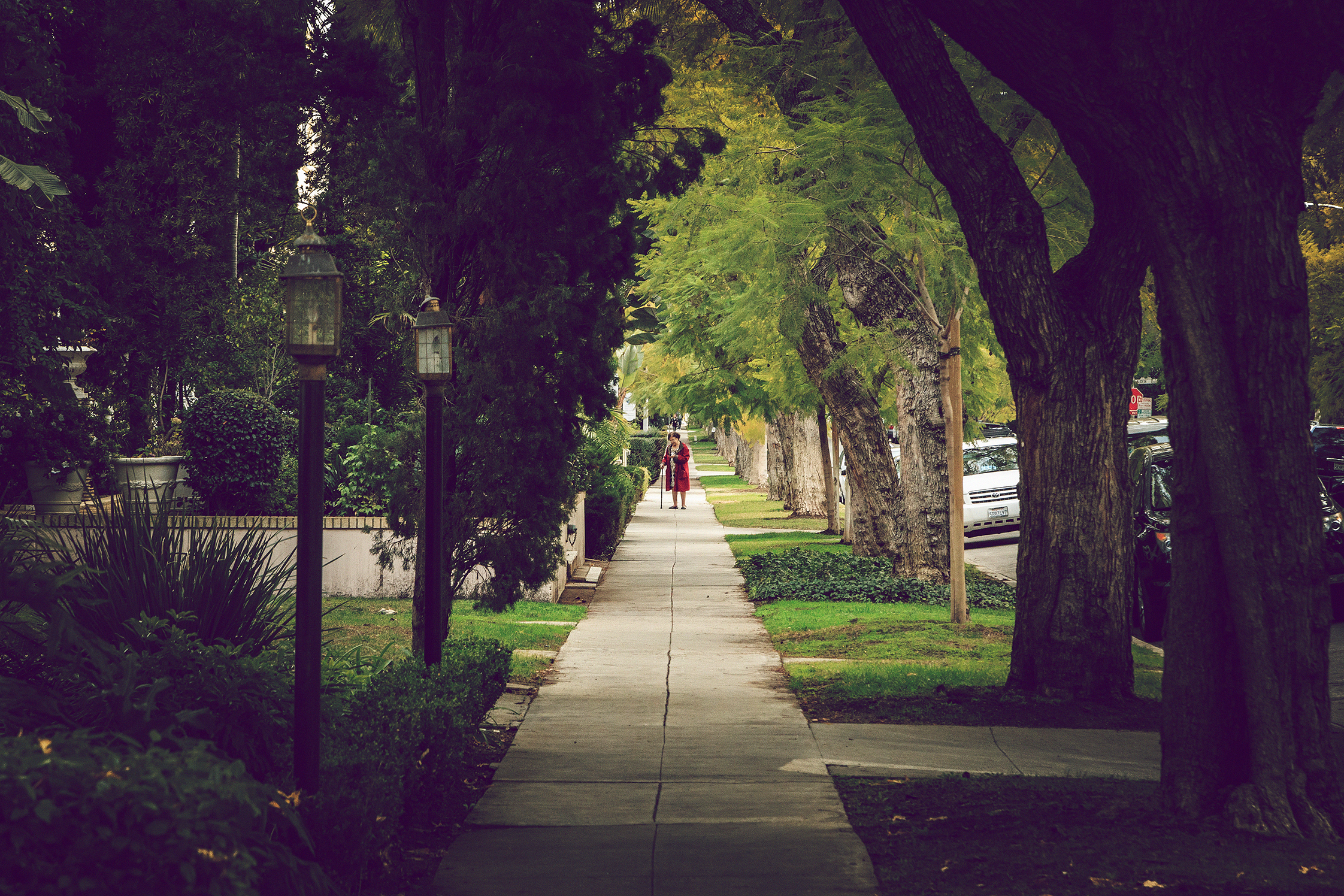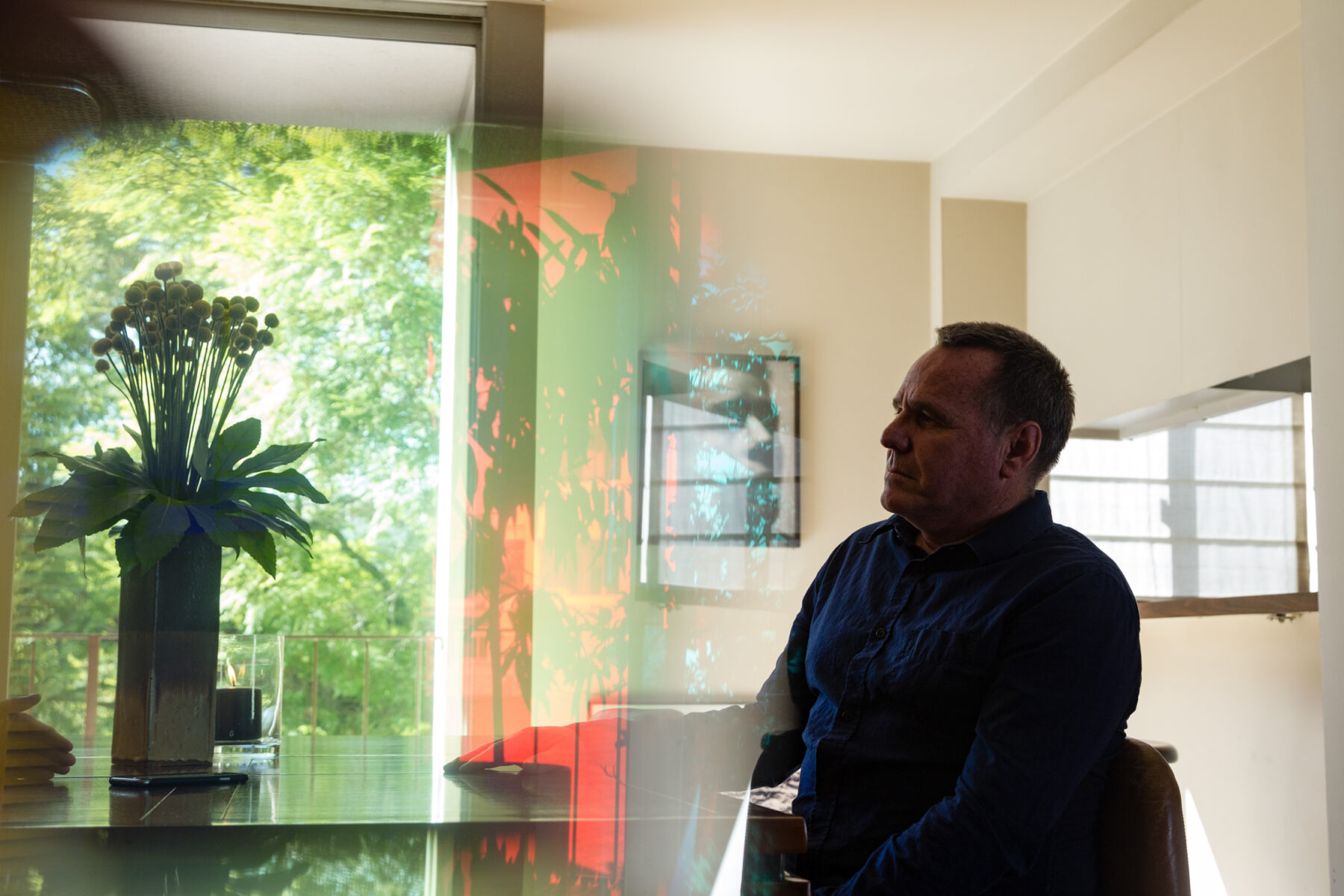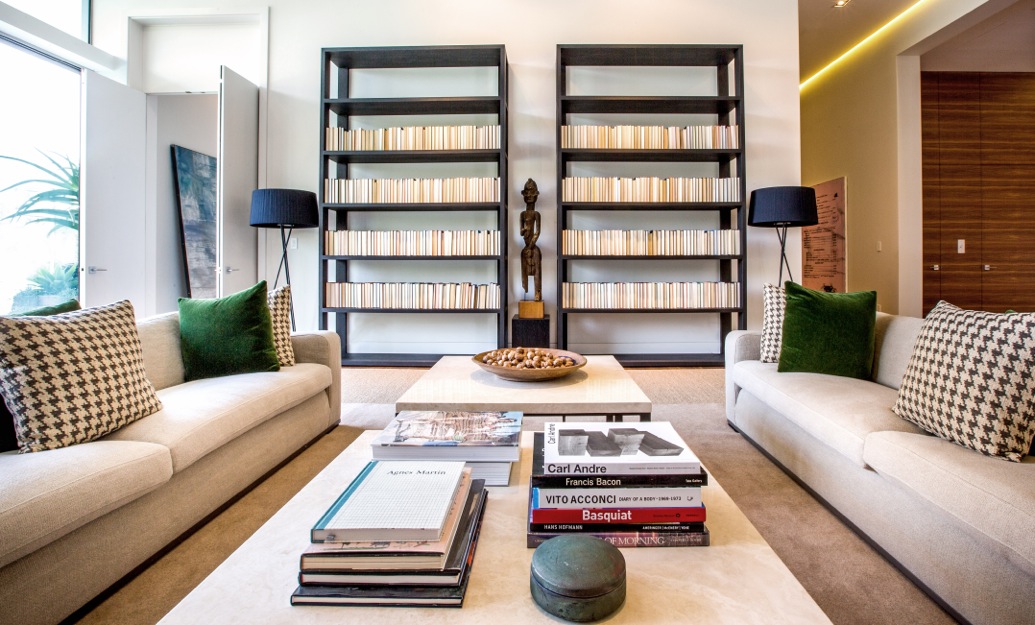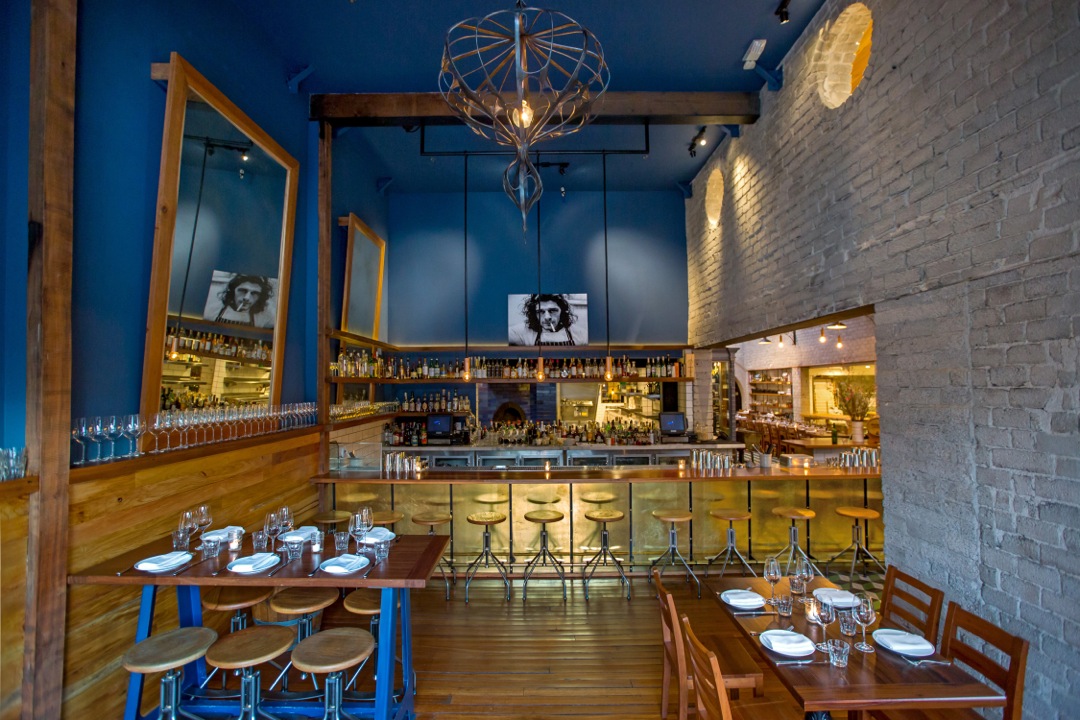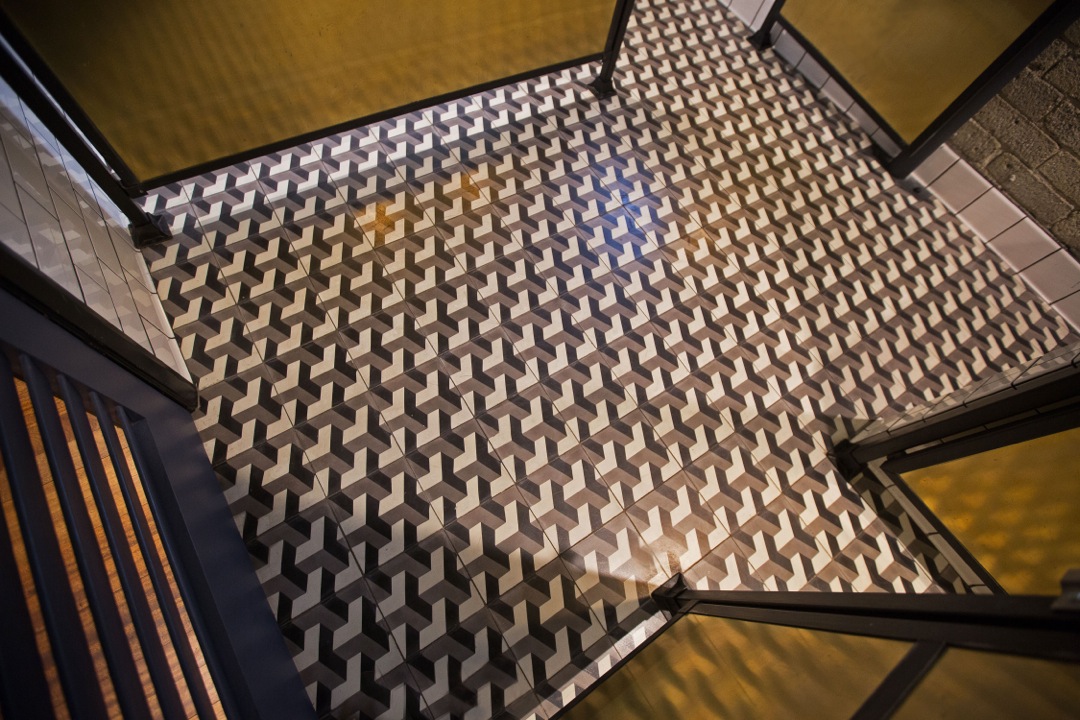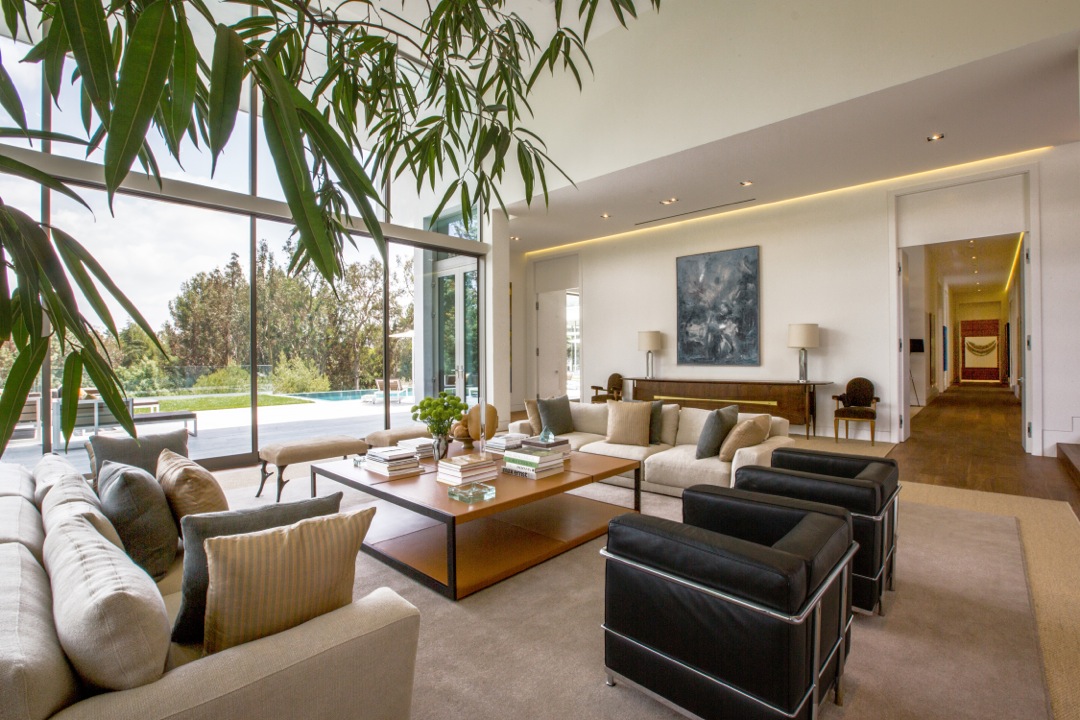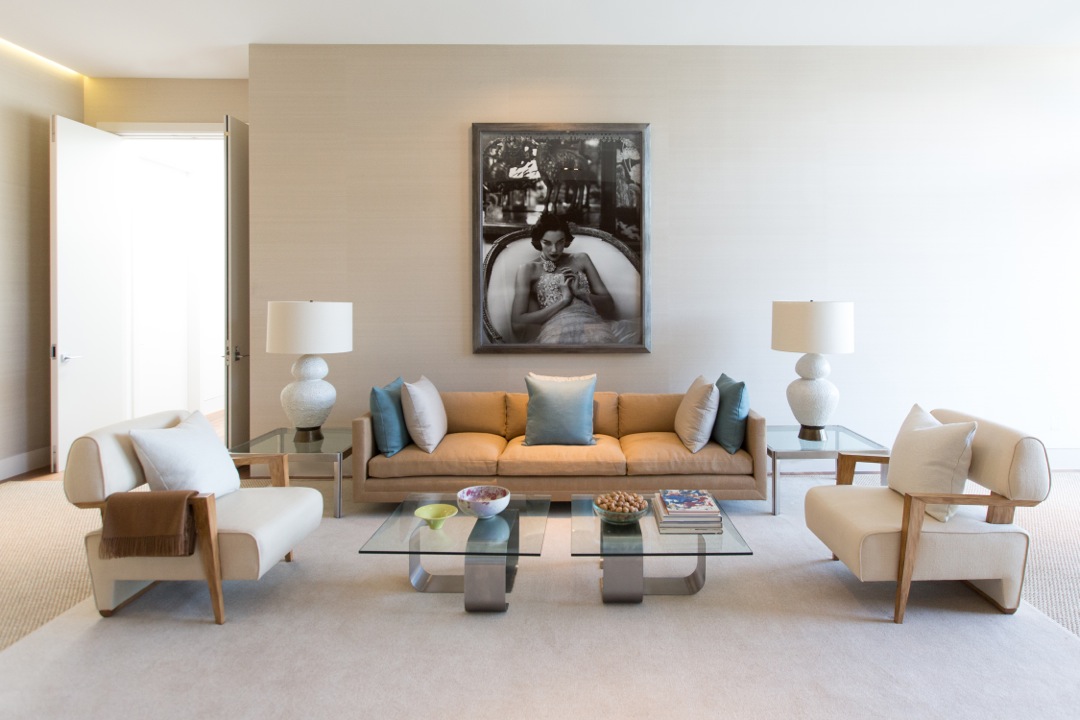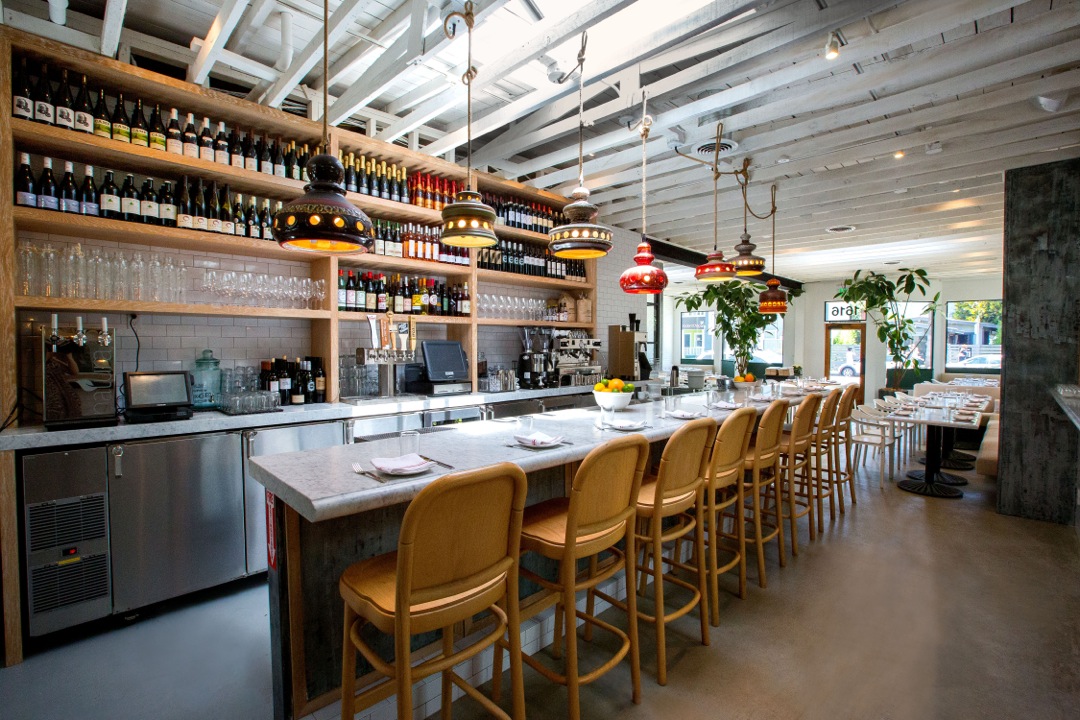Long before the internet made anonymity a distant luxury of the past, and enabled the innocent debauchery of fleeting youth to forever haunt us, Los Angeles design fixture Bret Witke was the proprietor of LA’s hottest nightclubs.
Though a google image search won’t turn up a trace (it was the 80s, and he’s since disposed of any hard evidence), the iconic designer once modeled for good friend and legendary photographer Herb Ritts, whose signature black and whites now hang beside museum-worthy Francis Bacons, Phil Changs, and Richard Aldriches in Bret’s Beverly Hill’s home.
Ritts’s legacy remains in the company of Hollywood royalty, and back in the 80s, the photographer cavorted alongside Madonna, Tina Chow, and Matthew Rolston at Bret’s popular art-star hideouts. It was the heyday of Los Angeles excess and hedonism (rumors swirled that one of his clubs served ecstasy cocktails), and today’s esteemed interview subject was its architect, mastermind, and gatekeeper.
This portrait is part of our ongoing collaboration with ZEIT Online, who presents a special curation of our pictures on ZEIT Magazin Online.
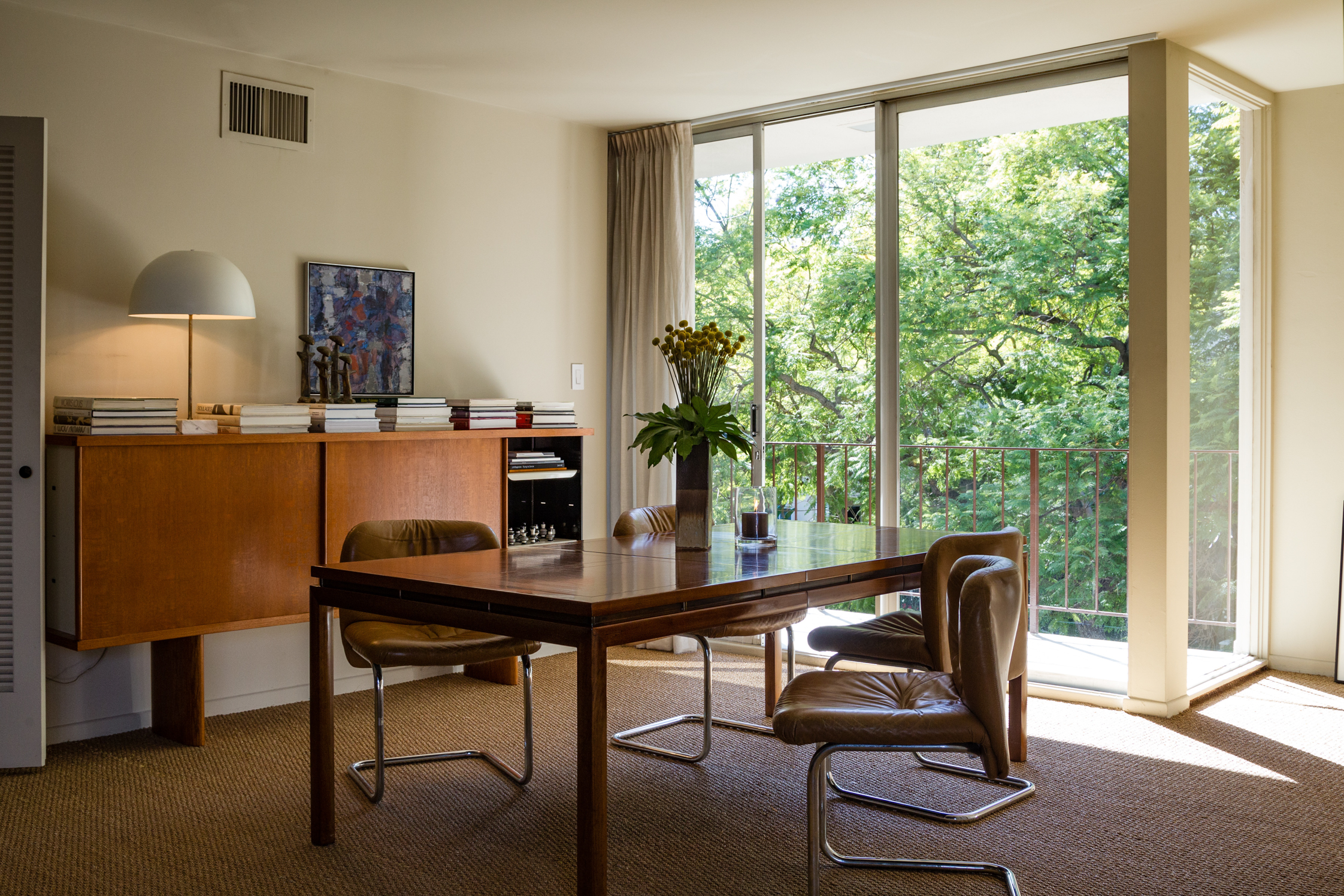
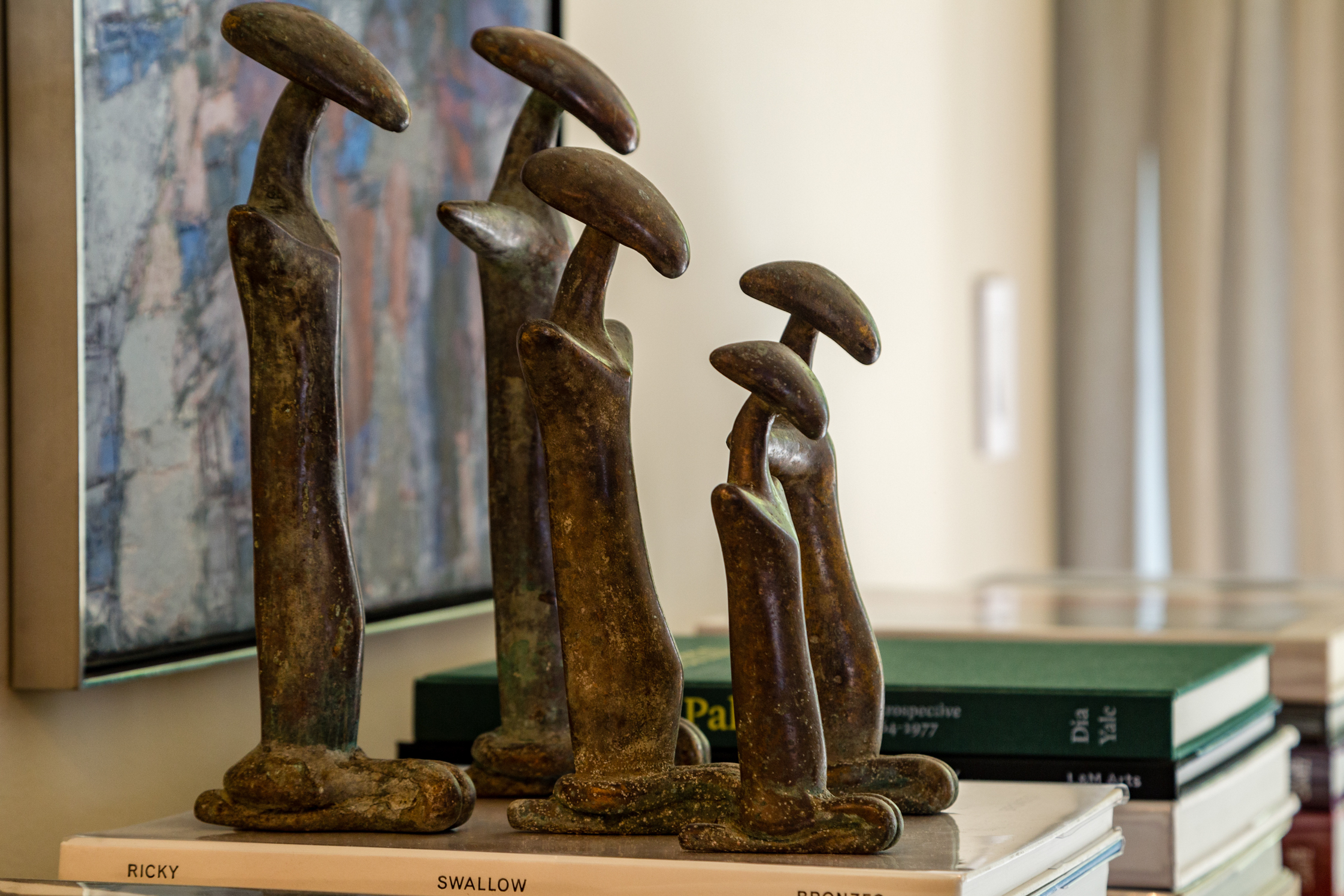

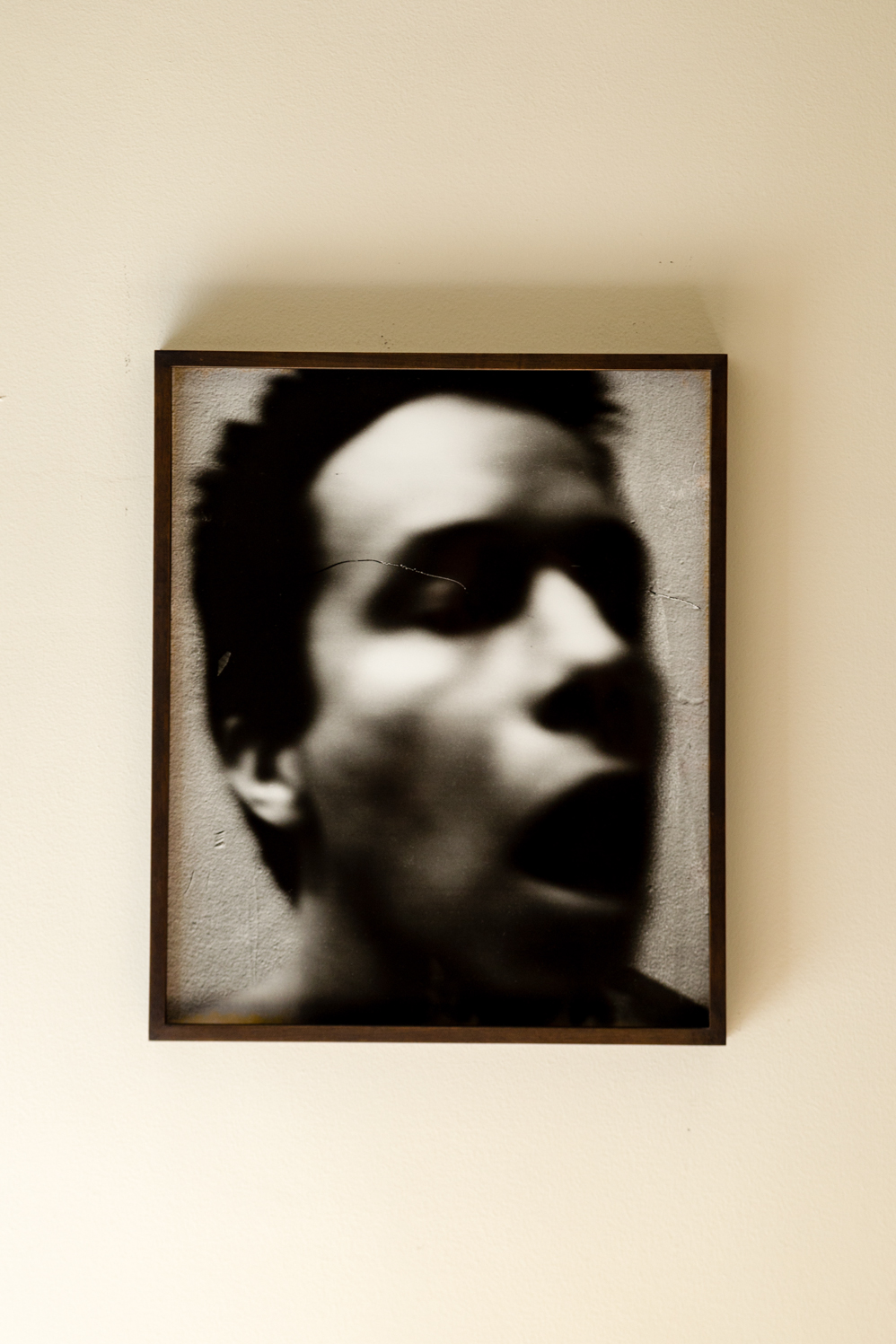

Nowadays, Bret is better known as the visionary behind tasteful celebrity residences, beloved eateries Jar and Republique, and the industrial interiors of Koreatown’s Line Hotel. “The rooms are these beautiful concrete boxes with this oak bed that floats,” he says. “A view. And just really great sheets.” Though he’s more than earned his spot amongst the design elite, his career path was almost predestined by genes. Like a storybook fantasy, his mother was a designer of local theme parks Knott’s Berry Farm and Disneyland.
His obsession with aesthetics was ignited at a very young age. “It was the 60s and 70s, so it was kind of crazy,” he recalls. “My mother would take us to test the rides, but I would just look at all the tiles. In those days, everything was brought in from Switzerland and Sweden, and all of these amazing craftsmen came to work on it.”
“Now LA’s a big art town, and there needs to be a place for those people. Hollywood needs to move aside a bit.”
Bret Witke grew up in Orange County, was educated in Switzerland, and did a brief stint at Manhattan’s notorious Area Nightclub. This is where Bret got his first taste of the club scene, before returning to LA to do his own thing. Back home, he opened ‘Boys and Girls’ and ‘Au Petite Cafe’ — mainstays of the artsy-intellectual set for their speakeasy vibe and low-key yet star-studded environment. “Now LA people want to go somewhere more intimate, where most of the people already know each other,” he told the Los Angeles Times in 1988.
After ten years of shenanigans, it was onto the next. He built this first retail space across from Fred Segal on Melrose, and simultaneously shifted gears to commercial and residential projects. And he’s not done reinventing himself yet. In June, he opened Witke, a curated shop-meets-showroom selling everything from T. H. Robsjohn-Gibbings armchairs to Elsworth Kelly prints. “It looks a lot like my home, but with more stuff, because I have to sell something… I have meetings there and clients can see what I do and they say, ‘Oh! Can you do this to my house.’ And then everybody lives like I do!” he laughs.
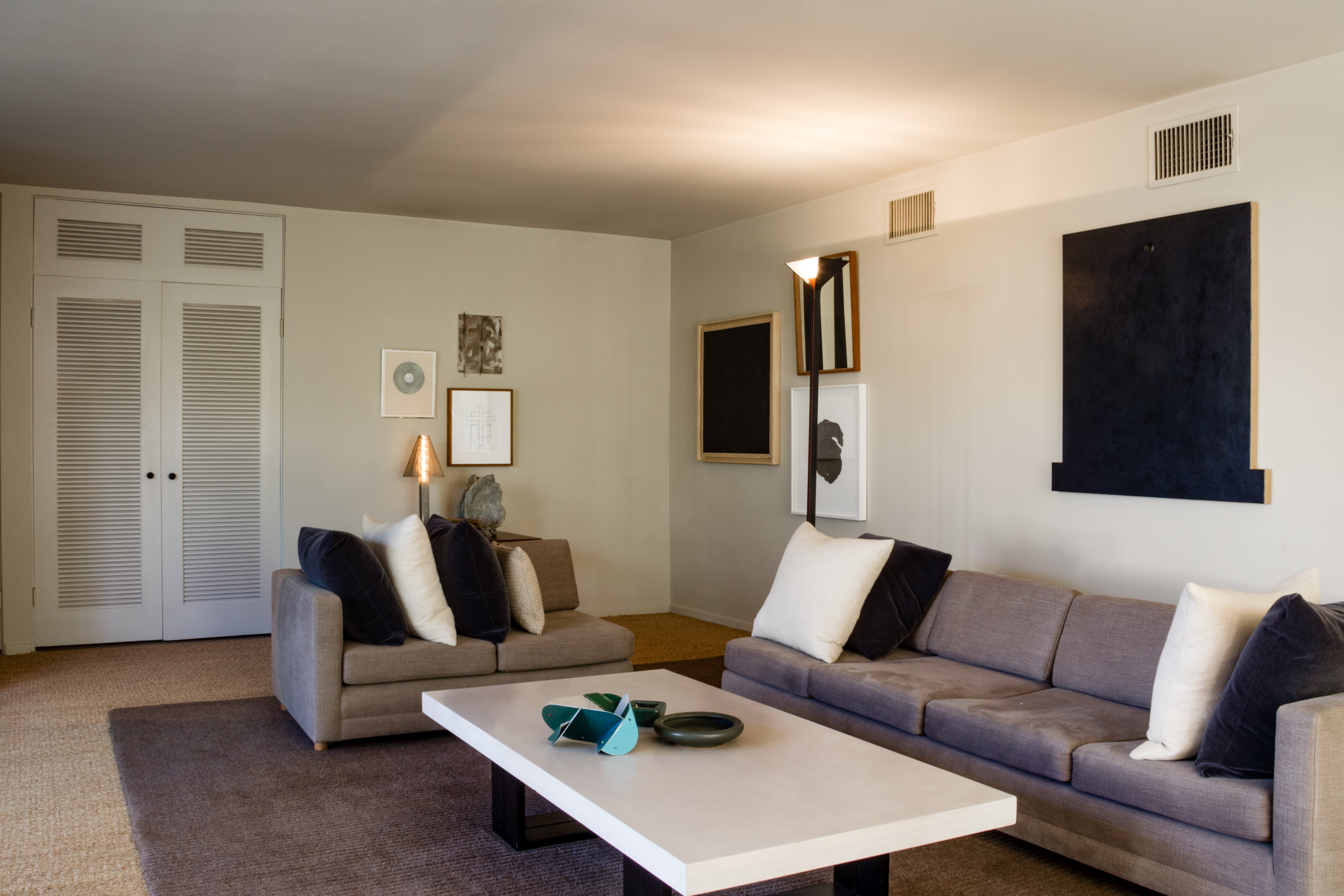

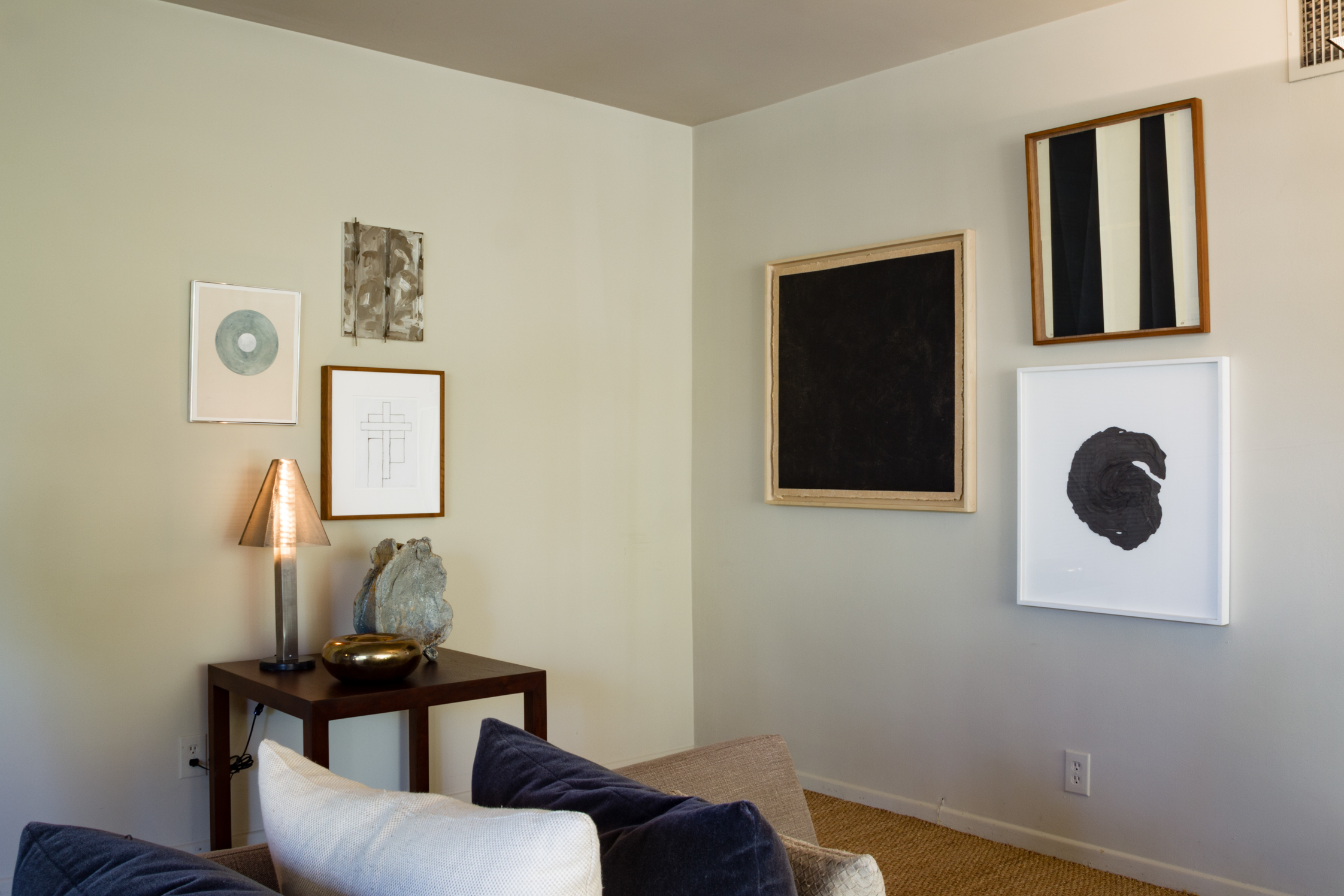
“In my personal style, with the way I live, I just want calm. Minimal.”
Though Bret’s early projects were certainly flashier than the Hancock Park estates his firm now specializes in — a throwback to when you could get away with illegal James Bond-themed clubs and underground restaurants with shark tanks, and not get shut down by the cops — he’s still flooded with outlandish requests. He prefers it that way.
Entirely unfazed, he once constructed a soundproof cocaine room for a naughty Chinese heiress and was hired by a famous entertainer to deck out a 15,000 sq. ft. mansion in floor-to-ceiling purple. While working on an old Cape Cod home for a Hollywood mogul, he uncovered four forgotten Andy Warhols buried in the back of a closet. Currently, he’s designing the residence of a bigtime TV exec, complete with glistening disco balls in the bathroom, blue leather sofas, mirrored walls, and fire hydrant red kitchen cabinets. “Some of my clients, they just want nutty, crazy, loud and kooky. So we do it. But we use great materials, textures, drapery, and amazing antiques.”
Witke Design: An Eye For The Unusual
A selection of Bret’s design projects from across LA – The Line Hotel, Salt Air, and others…
Bret’s own home is minimal and modern: a monochromatic two bedroom on a sleepy, tree-lined street in Beverly Hills, with a world-class art collection. He recently gutted and renovated the place after moving out of a charming but haunted 1920s apartment with a checkered past — think bondage club, turned meth lab, turned hardware store. “In my personal style, with the way I live, I just want calm. Minimal. But I’m not like Patrick Bateman in American Psycho: I don’t kill people, it’s still comfortable,” he jokes.
Much to the displeasure of his 94 year old landlord, a super fit old lady who jogs and gets her hair done daily, construction lasted for three months and began immediately after he moved in. “I want to know her secret! She’s amazing,” he says. You’ll be happy to know they’ve settled their disagreement, and he plans to renovate a few more of the building’s units if they’ll let him.
“Jar is probably the best thing I’ve ever done because it’s so timeless.”
After decades of architecting ambiance, it’s no surprise that the LA design vet isn’t tight-lipped about the (d)evolution of his hometown and its quite literally booming restaurant and club scene. We joke that in some of the chicest dining establishments, it’s likely that you’ll leave with a leave with a smoker’s rasp from shouting to be heard by the person sitting across from you. Unsurprisingly, noise factor and comfort level are the first two things Bret notices when he walks into a room. Which is why he still regularly visits Jar, the classic LA eatery he designed 11 years ago. That, and he’s got friends there. “I like to go where people know me,” he says. Like his own personal Cheers.
“Jar is probably the best thing I’ve ever done because it’s so timeless. You can actually have a conversation, which is how I grew up, learned, and met people,” Bret says. “When I was a kid and I’d just come back from New York, Tina Chow was my best friend. So I was in Mr. Chow’s for lunch and dinner and I met the most amazing people. Now you can’t go to a restaurant and hear what anyone’s saying, you know?”
It’s exactly this sense of nostalgia and hunger for human connection that informs so much of his design sensibility. Chowing down with The Chows, posing in an ad campaign for Herb Ritts, acquiring a Francis Bacon through a friend in need — blame it on restaurant acoustics, but it’s not until Bret shares tales from his experience of LA that we fully understand what we’re missing today. “There’s been like five articles in the last few months about loud restaurants and how people are wanting to revert back to the other way, which I think is fantastic. We’re all on the phone too much, we need to talk. Phones need to go away.”
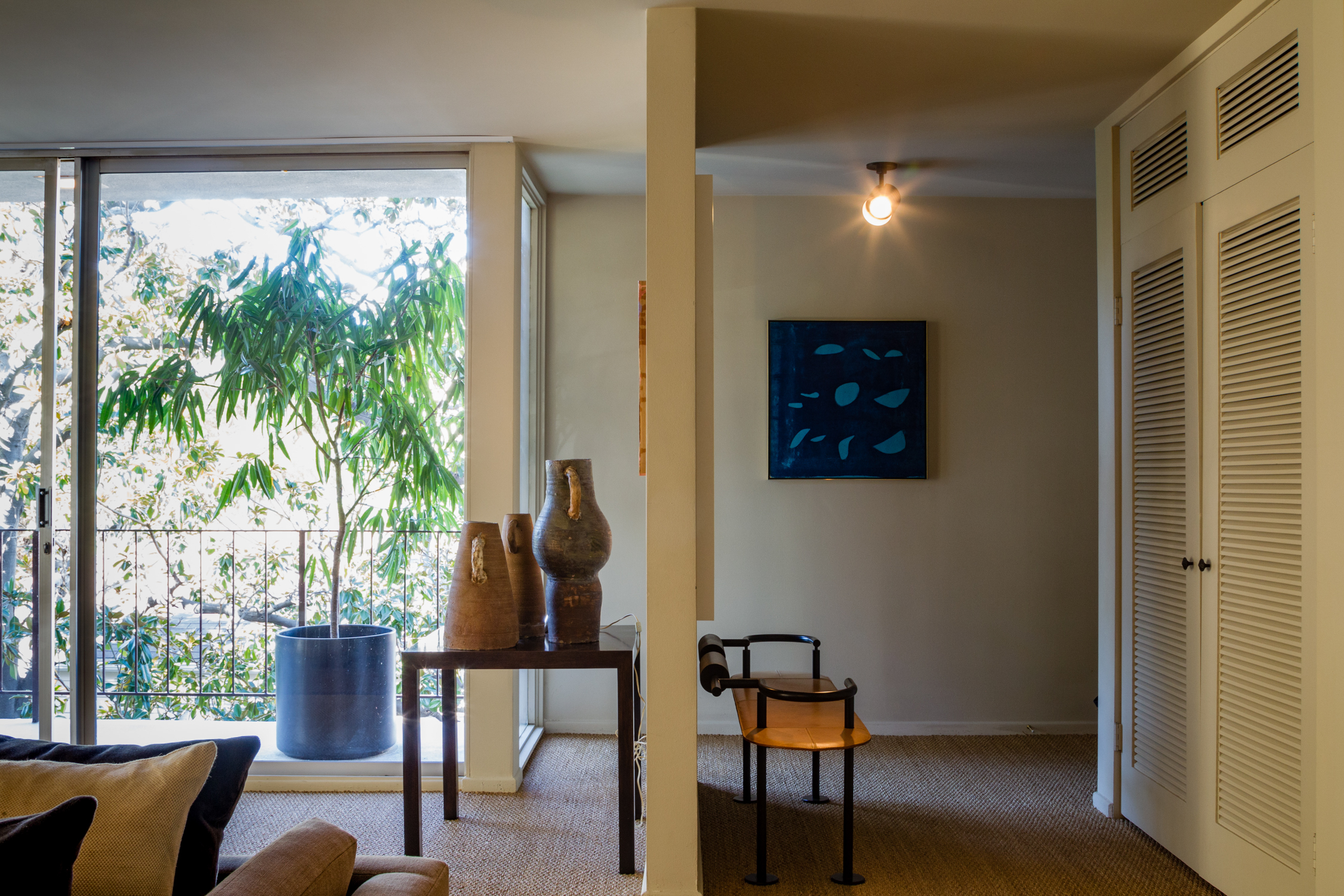
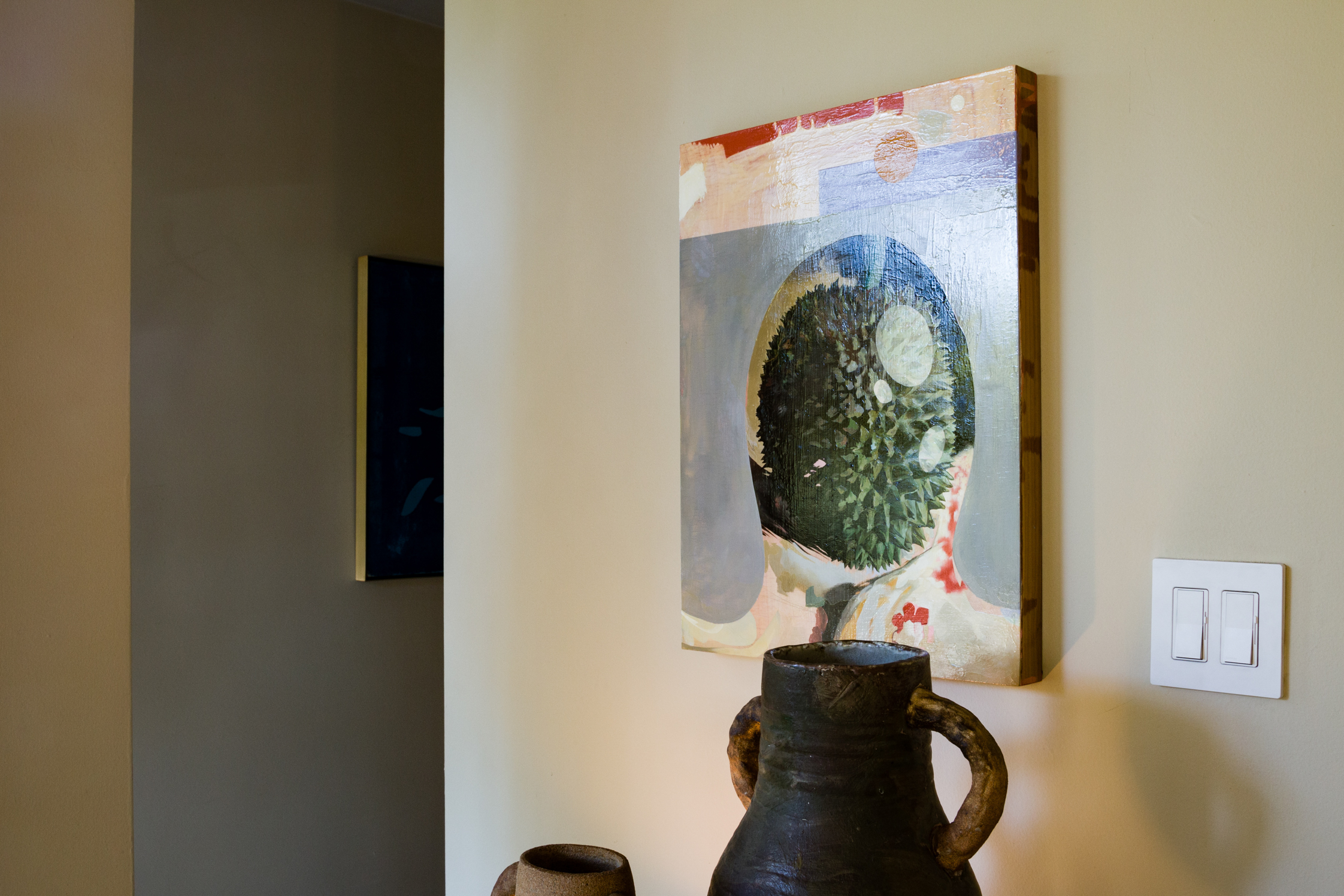
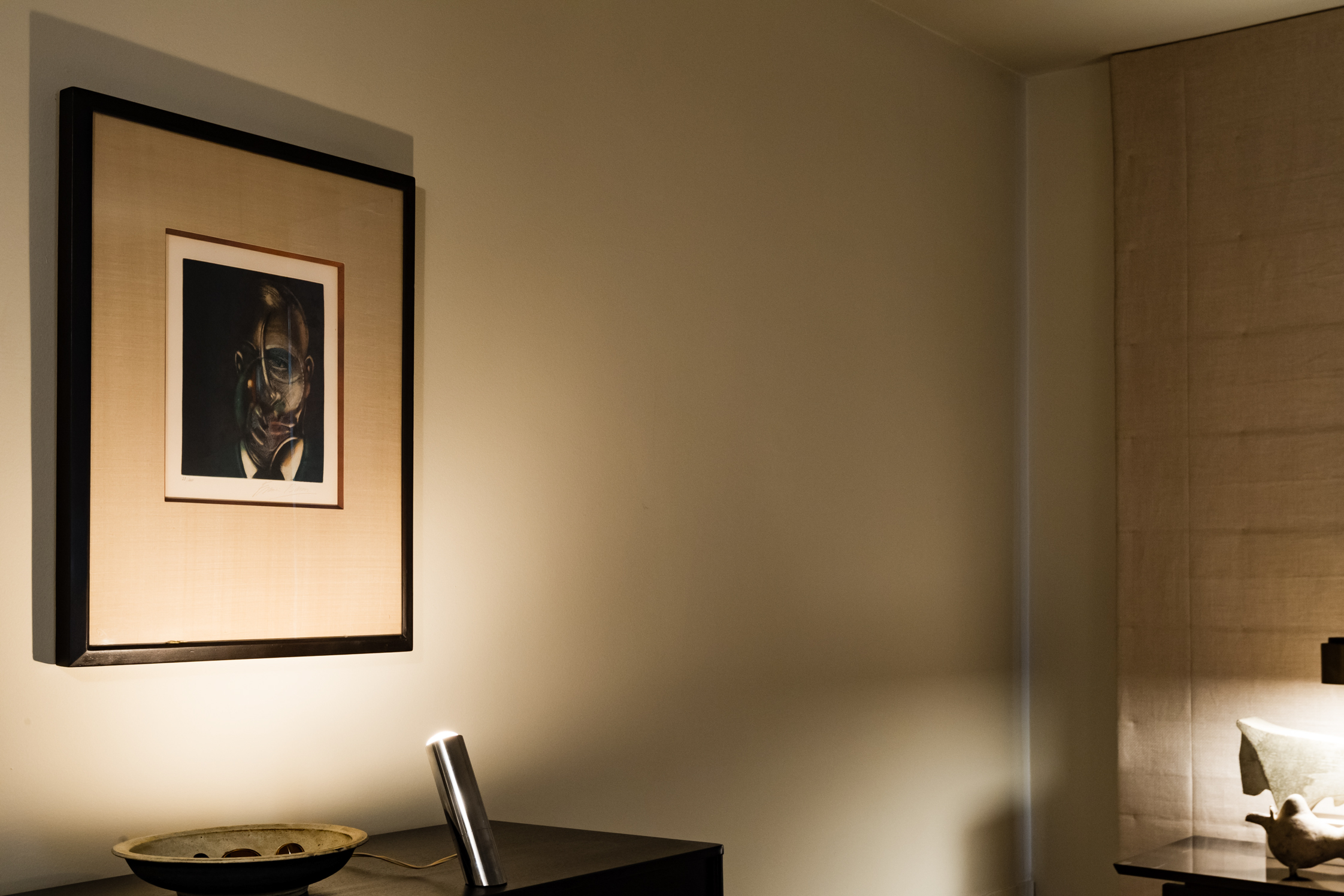
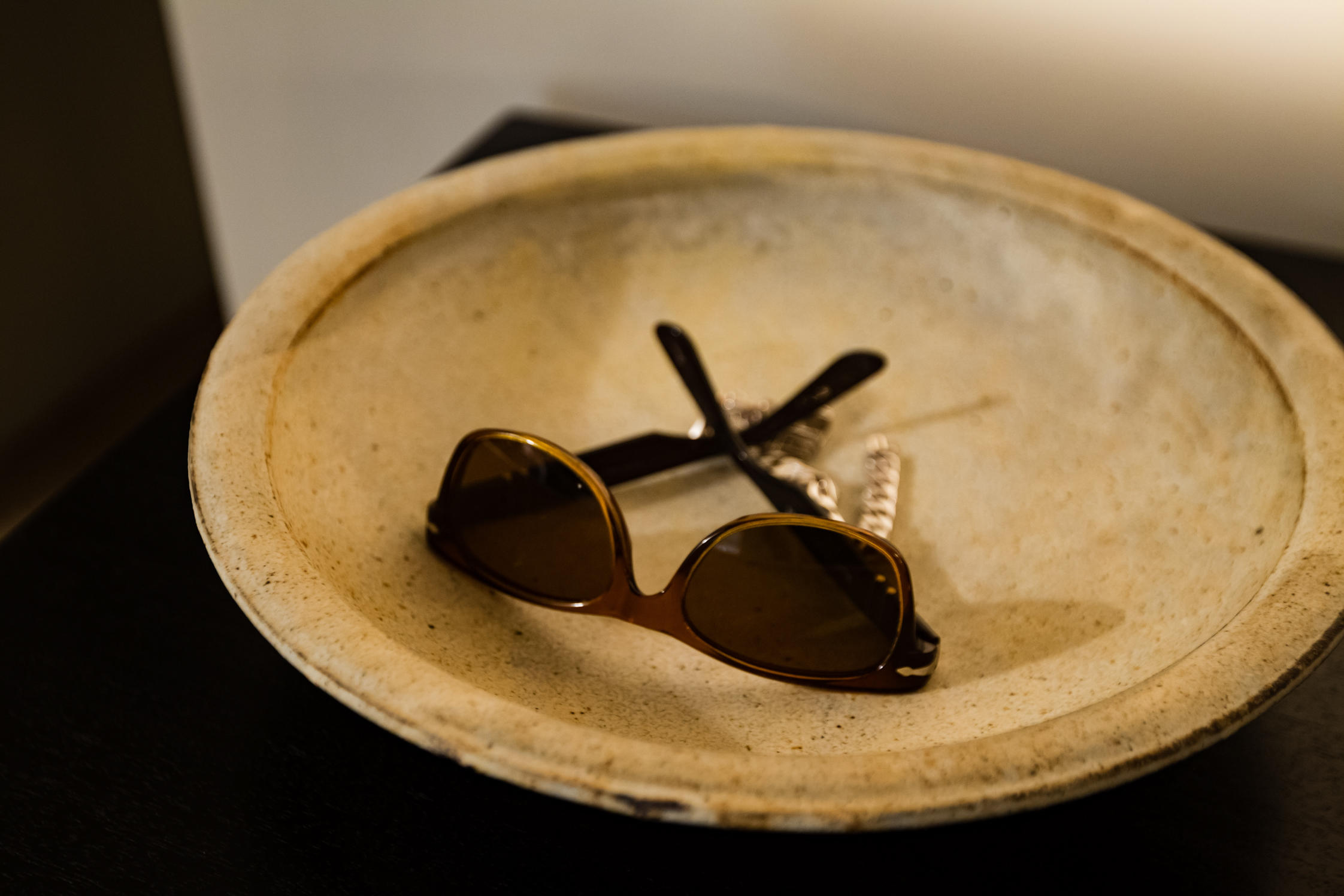
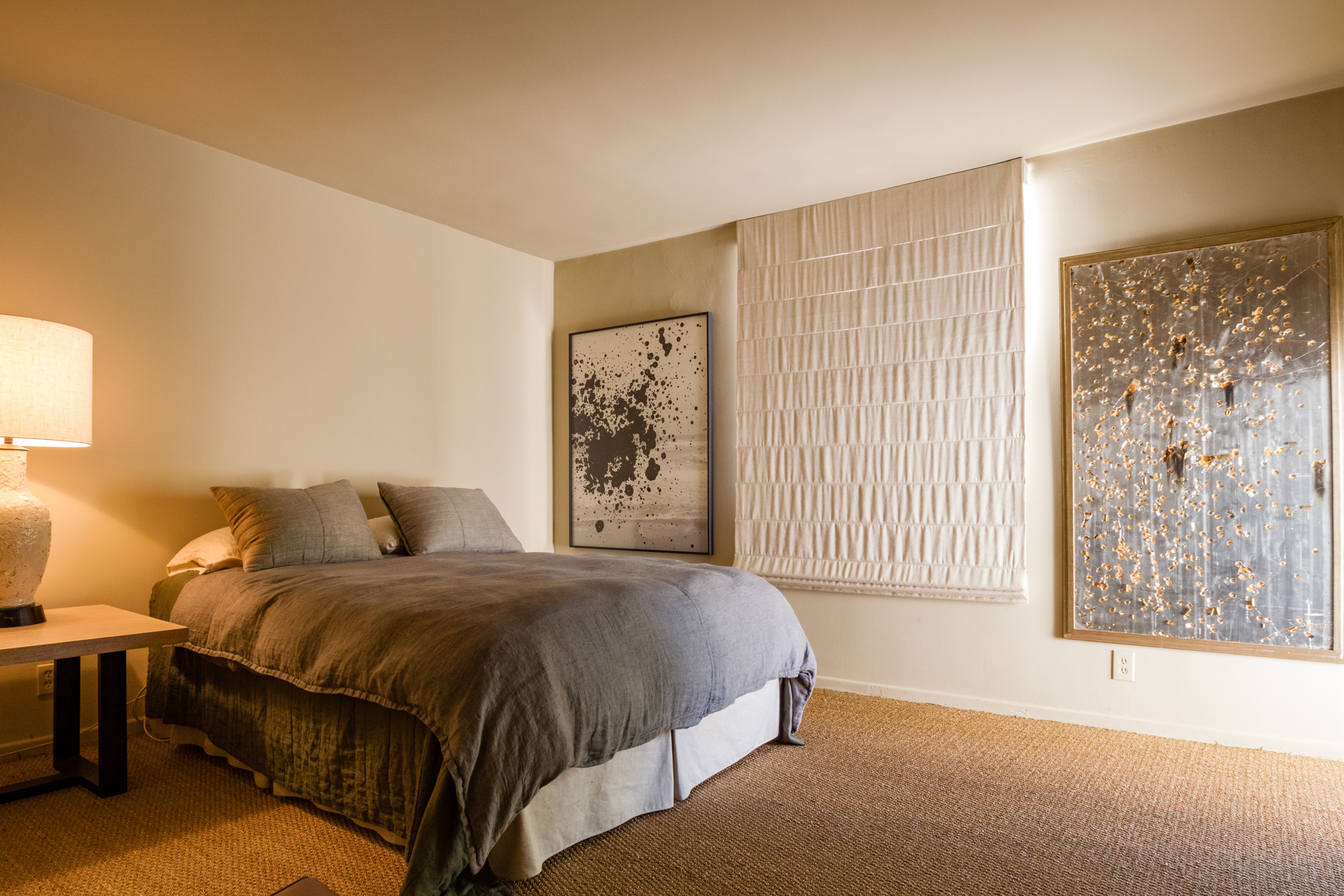
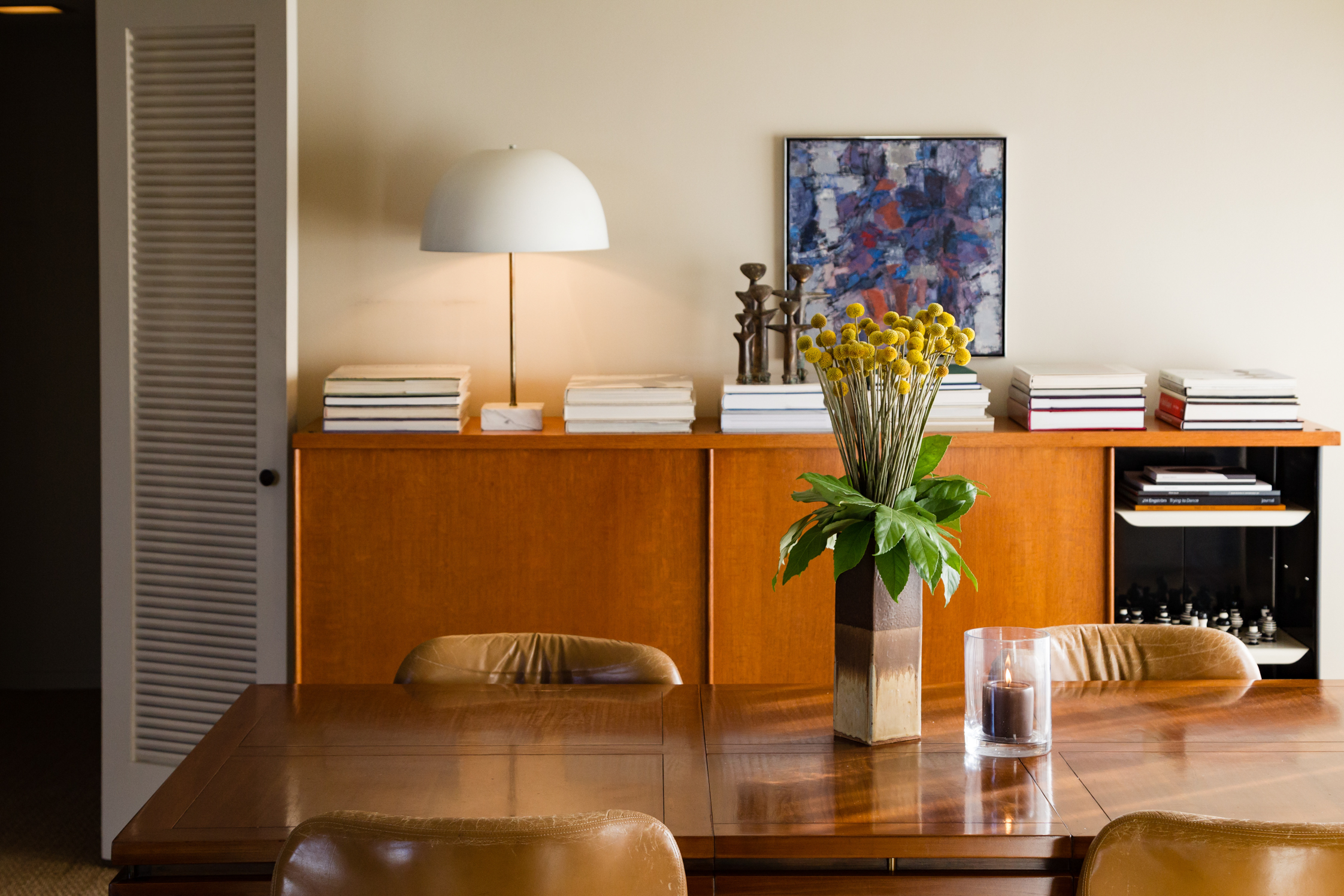

“Mediocre is expensive now. It didn’t use to be.”
“I think Michael Chow has the most impeccable taste of any restaurateur I’ve ever met in my life,” Bret continues. “From the service, to the way it’s served, to the plates, everything has a detail to it. It’s all about the details. And I think that’s what’s lost in translation now, unfortunately. Nowadays they just put it on a white plate in front of you and it’s not special anymore. Everything’s just kind of mediocre. It’s a drag and it’s expensive. Mediocre’s expensive now. It didn’t use to be.”
Bret may be a little fed up with the current state of LA, but he sees a way to restore it to its former glory. “The Bel Air Hotel used to be the most beautiful place, now it’s like Vegas,” he laments. “I’d like to do a little arts club like the Groucho Club in London here. I think we need that. Everything’s too Hollywood. Everything’s all about actors and producers and directors and all that stuff. Which is fine, but now LA’s a big art town, and there needs to be a place for those people. Those are interesting conversations. Hollywood needs to move aside a bit.”
For the last eight years, Bret has been an avid collector of emerging LA artists. Allergic to clutter and detached from the material, he frequents the big art shows acquiring pieces which will hang on his wall for a beat before they end up in the homes of his clients.
But there is one particular piece he’s kept for its personal significance. “When I was a kid growing up, there was this art director who did all the Berlucci movies,” Bret remembers. “He had this Francis Bacon by his front door. When I would walk into his house, I would look at it and just stare, because Bacon has always been my favorite artist. When he passed away, his boyfriend got it. His boyfriend needed money, and I bought it. It’s the one thing I’ve had for the last 15 years.”
Snapshots From LA’s Club Scene Heyday
Bret revealed no names – but these are the movers and shakers of the late-80s LA club scene, captured on Polaroid for all time.


“Some of my clients, they just want nutty, crazy, loud and kooky.”
Interviewing Bret Witke is not unlike getting your own personal Hollywood Star Tour. His vivid accounts of the way things were leave one daydreaming of plush velvet carpet, a dirty martini, and dancefloor. But he’s less bitter, more hopeful. “I would go to Hermès when I was a kid, because I always loved how brilliant and gorgeous everything was. Now it’s kind of like a department store. There’s nothing special about it,” he reflects. “It’s about finding those new special items and places — it’s not easy, but I think we have to do it. I think that’s the plan. I’m hoping my shop is new. It’s so different to the other shops in LA. I don’t know if people get it yet, but we’ll see…”
We’ll see indeed. But if there’s anyone equipped to redesign LA’s future, it’s the man responsible for so much of its glamorous past.


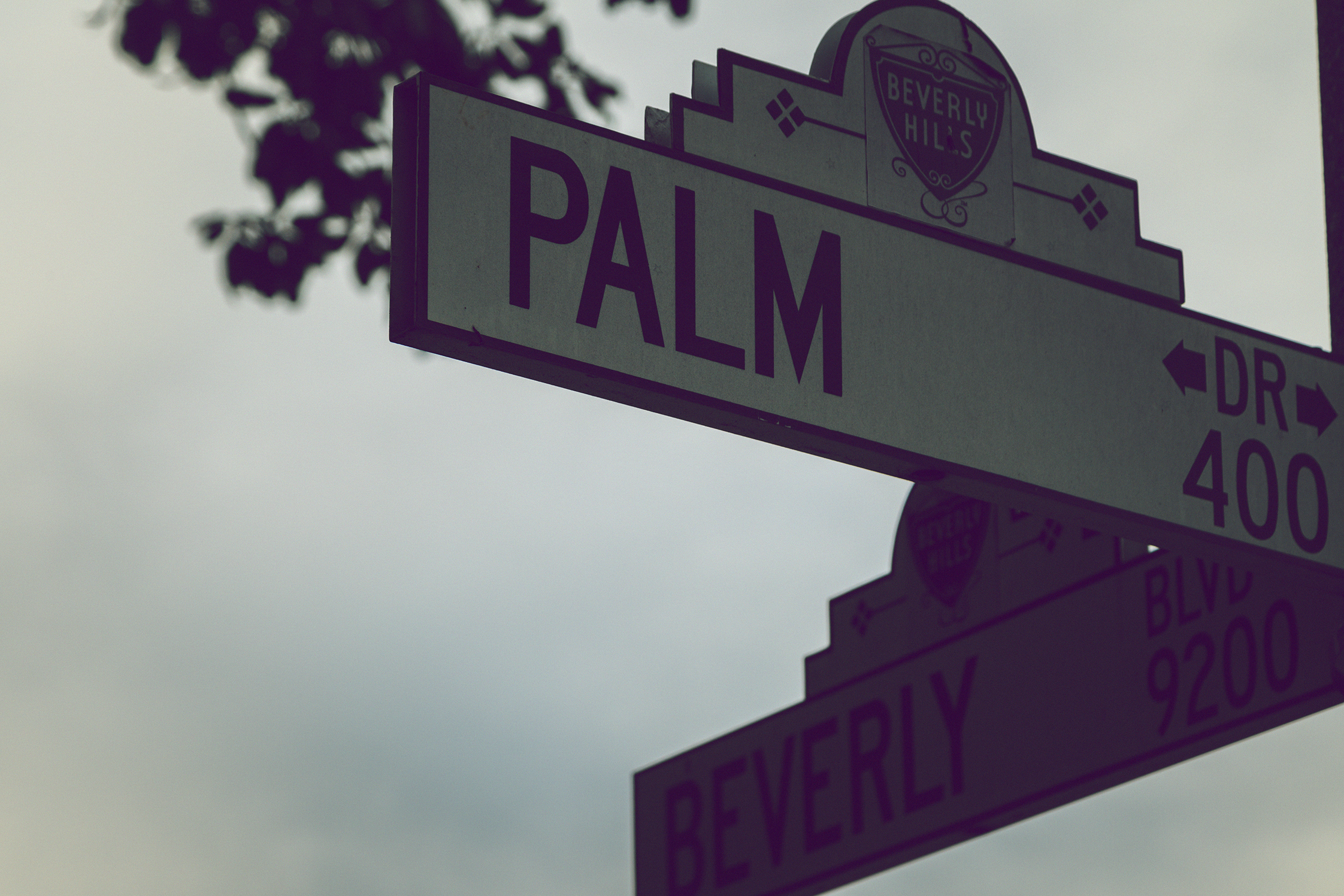
Thanks Bret, for showing us your home and shining a light on Hollywood’s hedonistic past in the way that only someone’s who’s been through it all could. To see more of Bret’s design at the Witke Design Group.
Not even many locals might have Bret’s deep history with the town, but LA never fails to amaze us with its nooks and crannies – find out more about it fascinating inhabitants. And delve more in the fascinating homes of interior designers for your own inspiration.
Interview & Text:Jane Helpern
Photographer:Rick Rodney
